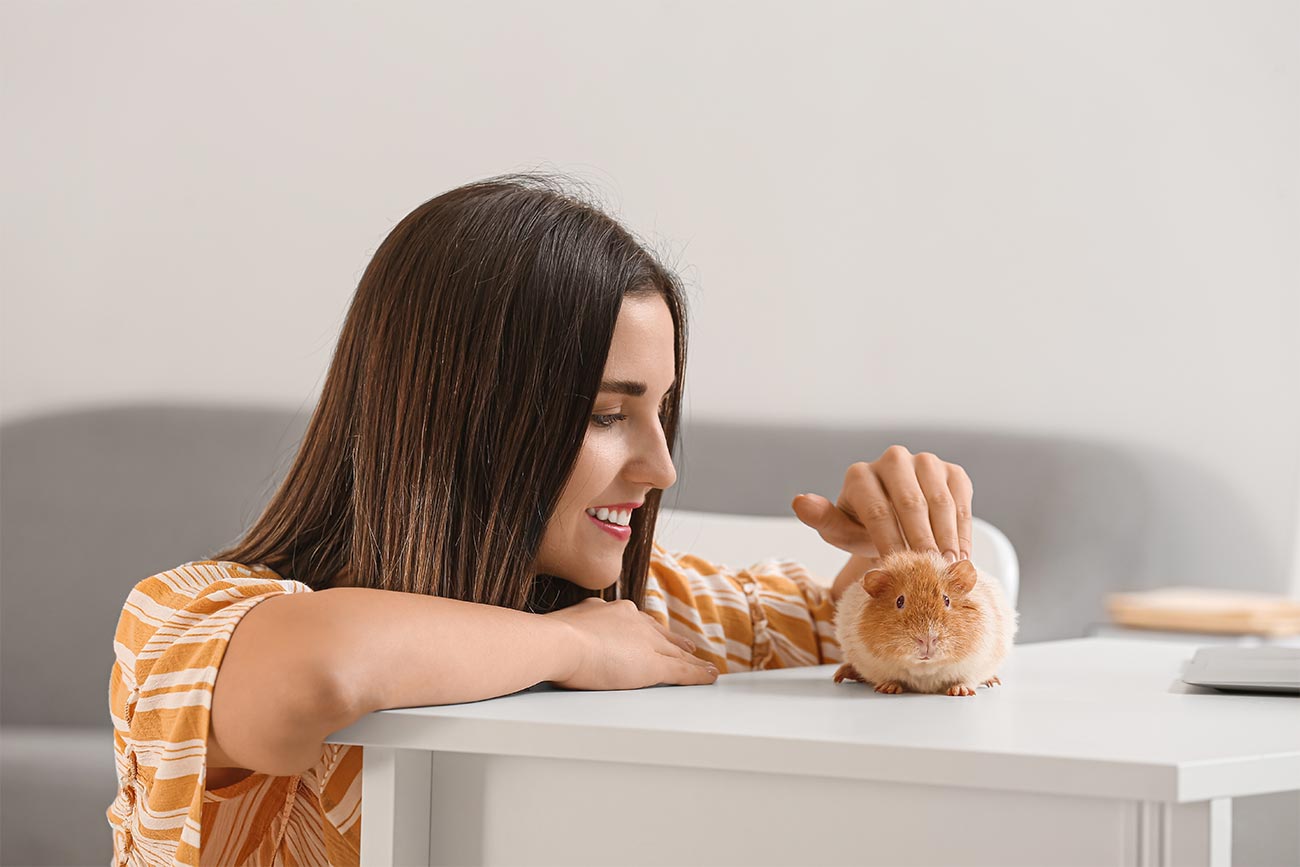JavaScript seems to be disabled in your browser. For the best experience on our site, be sure to turn on Javascript in your browser.
Tips to Care for Multiple Guinea Pigs

Bringing home a new guinea pig could be quite a challenging process. It is even more overwhelming when you are getting two or more pets. You need to dedicate a whole lot of time and resources to them, and if you have never tried it before, you would find yourself in need of some help. Here are a few tips on how to properly care for multiple guinea pigs.
Your Guinea Pigs Home
The first thing you must do to properly care for your guinea pigs gets a cage that is safe and comfortable for them. Getting a cage that meets the precise needs of your pigs, in terms of size, maintenance and structure are very vital to their general upkeep. Unlike hamsters, guinea pigs are social animals and would thrive better in the company of one another.
You need as many food bowls as animals to promote better feeding. The cage should contain enough food bowls and water troughs. Also, ensure the cage has as little noise as possible because guinea pigs have sensitive ears and are placed away from places with high heat levels because guinea pigs cannot sweat and so need to stay away from heat to keep healthy.
Lastly, place comfortable beddings which could be changed regularly or as soon as they are soiled in your guinea pig’s cage to increase their comfort levels.
Feeding Your Guinea Pigs
Your Guinea Pig Food should include store-bought guinea pig food, fresh hay and vegetables which are available here.
Your Guinea Pig Food should include store-bought guinea pig food, fresh hay, and vegetables which are available here.
Make sure they are provided sufficient freshwater placed in enough bowls or water bottles and placed in strategic places inside of the cage.
Their water should be changed every day to keep it fresh and hygienic.
Bowls and other food and water containers should be cleaned at least once every three days to deter bacterial growth that could get them ill.
Quarantine and Socialization
After bringing home another guinea pig, for the first week, you might want to keep it away from the rest of the crew for a while. This is done to prevent the spread of diseases from the new one to others. As soon as you are confident of the state of the newbie’s health, you could then introduce it to his buddies.
As soon as the quarantine period is over, you could slowly begin to introduce the new guinea pig to the others. Provide avenues outside their cages for interaction and make sure you are around to oversee all proceedings. If you notice any form of hostilities, you should give them a little break and pick another day to socialize them another day, but if otherwise, you could go ahead and place them together.
Taking care of your guinea pigs' health
Now that you have brought your guinea pigs together, note that they are susceptible to contracting various ailments. When you take care of them properly and take them for biannual check-ups at your local Vets, your guinea pig will be less likely to fall ill.
Your local vet could help in desexing both male and female guinea pigs, parasite control, dental care, preventative medicine, nutritional and husbandry advice, and also nail trimming.
One of the key things to remember is that your guinea pig's teeth grow constantly so they need plenty of chew sticks and abrasive foods such as celery, broccoli, corn, and husks to gnaw on and keep their teeth trim and in check as overgrown teeth can lead to serious health problems. A healthy guinea pig will be alert, active and have a shiny coat.
Check out some of our Guinea Pig health items.










